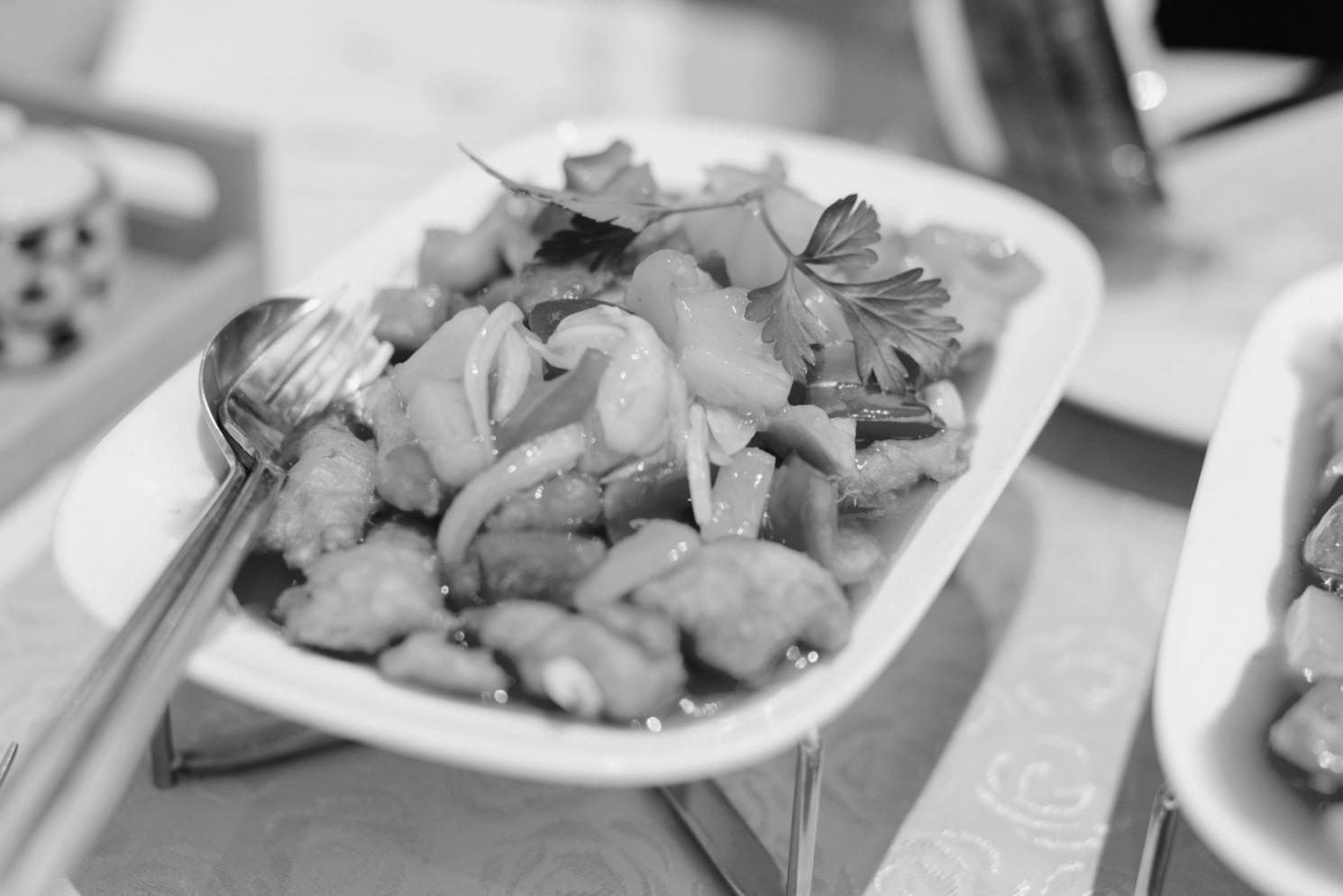Creating Beauty With Care
Food decoration is our passion. But we know that art shouldn't cost the earth.
Since 2023, we've been rethinking every part of how we celebrate—choosing materials that make sense, reducing what we throw away, and working with suppliers who share our values. It's not perfect yet. But we're committed to getting better every season.
When you work with Salvatore, you're partnering with a business that takes responsibility seriously. We believe your celebrations can look incredible and respect the planet at the same time.

What Guides Our Choices
These aren't just words on a website. They're the framework we use when making decisions about materials, suppliers, and how we run our studio at Carrefour Charlesbourg.
Material Responsibility
We source edible decorations and materials from suppliers who prioritize organic farming and ethical production. Our edible flowers come from Québec growers who avoid pesticides. Our chocolate suppliers use fair-trade certified cocoa.
Waste Reduction
Food waste bothers us. We plan portions carefully and compost organic scraps through the mall's green program. Packaging materials get reused or recycled—we've cut single-use plastics by 70% since opening.
Local Partnerships
Working with nearby suppliers just makes sense. Shorter distances mean fresher ingredients and lower emissions. We've built relationships with seven Québec producers who deliver seasonal fruits, herbs, and specialty items within 48 hours.
How We Actually Do This
Ingredient Sourcing
Every Friday, we receive deliveries from Ferme Tournesol in Saint-Hyacinthe and Les Jardins Carya near Montréal. They supply seasonal berries, edible flowers, and specialty herbs that we use throughout the week.
Our chocolate comes from Chocolats Privilège in Saint-Jean-sur-Richelieu—they work directly with Peruvian and Dominican cooperatives. Their traceability documentation lets us verify every batch.
We switched to Canadian maple products in 2024 after realizing imported alternatives had triple the carbon footprint for similar quality.
Energy and Operations
Our food court location limits what we control, but we've made changes where possible. LED lighting throughout. Equipment gets turned off between service periods—our blast chiller doesn't need to run overnight.
We track electricity usage monthly and have reduced consumption by 22% since opening by adjusting equipment schedules and upgrading to energy-efficient tools as older ones wear out.
Packaging Choices
Client orders leave in compostable containers made from sugarcane fiber. They cost more than plastic clamshells, but the material breaks down in commercial composting within 90 days.
For larger catering orders, we use reusable stainless steel display trays with a deposit system. About 85% of clients return them, which works out better economically and environmentally than disposables.
Ribbon and decorative elements are now made from natural cotton and jute. We stopped using synthetic ribbons in spring 2025.
Continuous Improvement
Damien runs quarterly audits of our practices. He measures waste by category, tracks supplier certifications, and researches better alternatives to current materials.
In September 2025, his research led us to switch to a new edible glitter made from plant cellulose instead of mica. Small change, but it adds up across hundreds of projects annually.
We're looking at water-based food coloring options for 2026. The current versions don't match our quality standards yet, but we're testing samples as formulations improve.